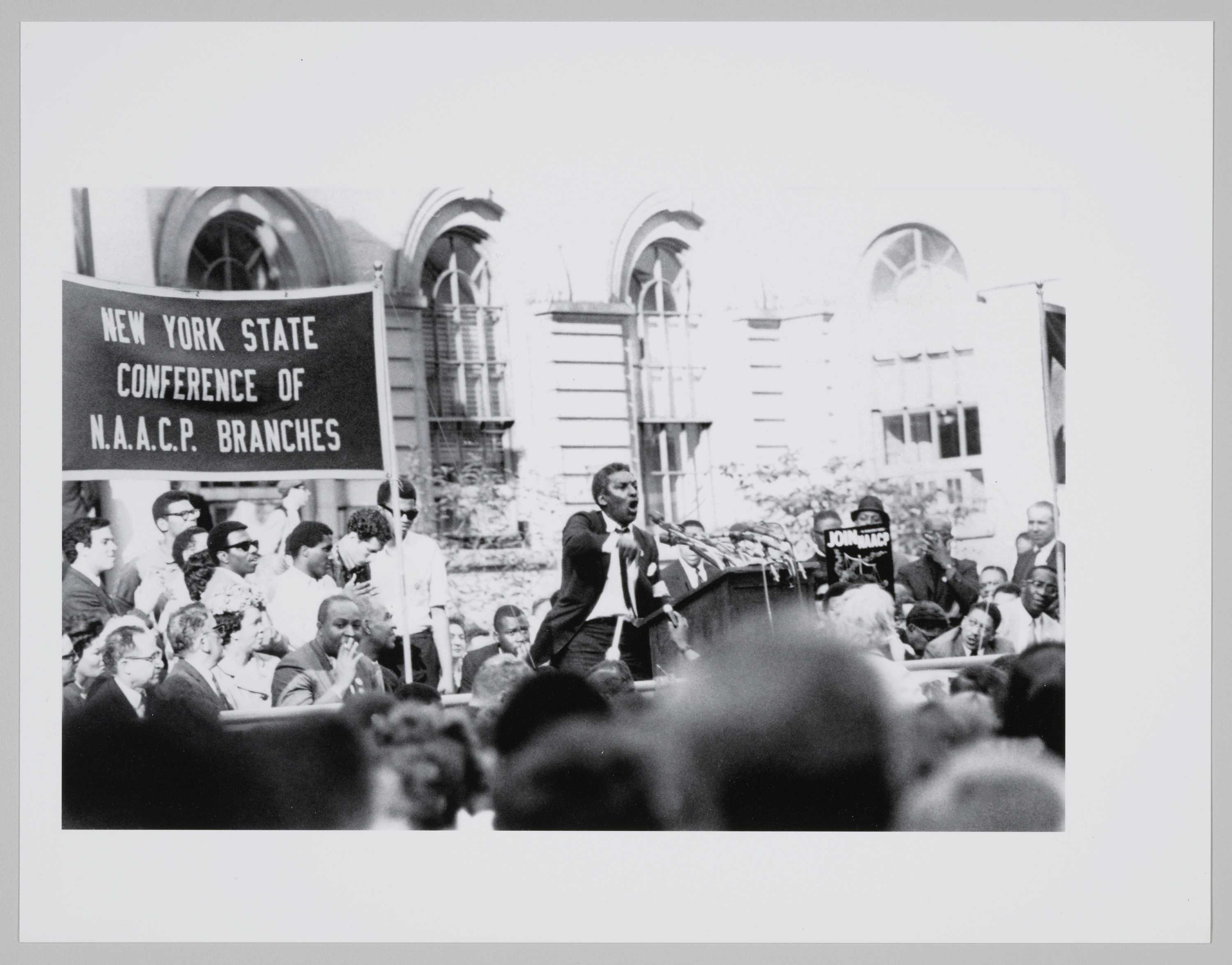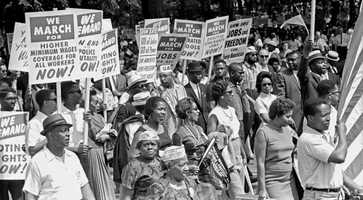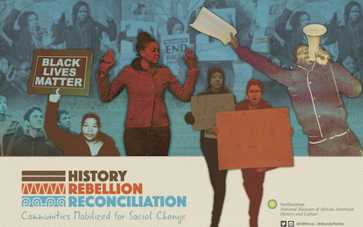A Tradition of Activism
Throughout history, African Americans have taken action to improve their lives and challenge America to live up to its democratic ideals. Working both within and across racial lines, Black activists mobilized to abolish slavery, secure civil rights, fight against injustice, and expand social and economic opportunities. African Americans employed a range of strategies to effect change—including legal battles, mass protests, grassroots campaigns, public debates, and community development. By believing that change was possible, Black Americans changed history. Activists today draw on these achievements and study the lessons of the past in order to develop strategies for the future.
The Struggle for Civil Rights 1900–Present
Though the Civil Rights Act of 1866 affirmed the civil rights of all citizens regardless of race or “previous condition of slavery,” segregation and discriminatory laws subjected African Americans to violence and exploitation across the country. Building on 19th-century activism, African Americans at the turn of the 20th century continued the struggle for civil rights. This timeline explores 20th-century milestones, watershed events, and the work of numerous organizations, legislators, educators, protestors, and organizers that ushered in civil rights reform. Lessons learned from their work reveal the civil rights strategies and victories that help inform present-day efforts to achieve equality.

![A placard used during the Women's March on Washington, January 21, 2017. The corrugated cardboard placard is mostly yellow with white and blue text. The top third of the placard depicts six (6) cartoon portraits of women of varying ethnicities. All the women are depicted from the chin up and they are all smiling and looking at the viewer. The woman on the far left is depicted with blue cat eyeglasses. The women second from the left is depicted with blue hair with straight bangs across her forehead and a black headband. The third woman from the left is depicted with curly hair and blue, diamond shaped earrings. The third woman from the right is depicted with braids on either side of her head. The women second from the right is depicted with black hair with straight bangs across her forehead. The woman on the far right is depicted with white hair and eyebrows. Below the women’s heads is a band of black plastic tape. The bottom two thirds of the placard are yellow with white painted text outlined with blue and blue painted text that reads [WOMEN'S RIGHTS / are / HUMAN RIGHTS]. The word [are] is accessed on either side with two (2) five (5) pointed blue stars. The words [WOMEN'S] and [RIGHTS] are underlined with black plastic tape. The back of the placard is undecorated brown cardboard. Thick pieces of clear tape hold the four (4) pieces of cardboard together that comprise the placard.](/static/75cb6dab211bec00a4c4253ca4e8285d/c72c5/2017_102_001-0.jpg)
NMAAHC Collection Search
Search the Museum’s online collection for items related to historical and contemporary activism

Civil Rights History Project
Oral history interviews with unsung activists of the 1950s and 1960s, produced by NMAAHC and the Library of Congress

History, Rebellion, and Reconciliation
A series of public programs presented by NMAAHC examining race, justice, and community activism